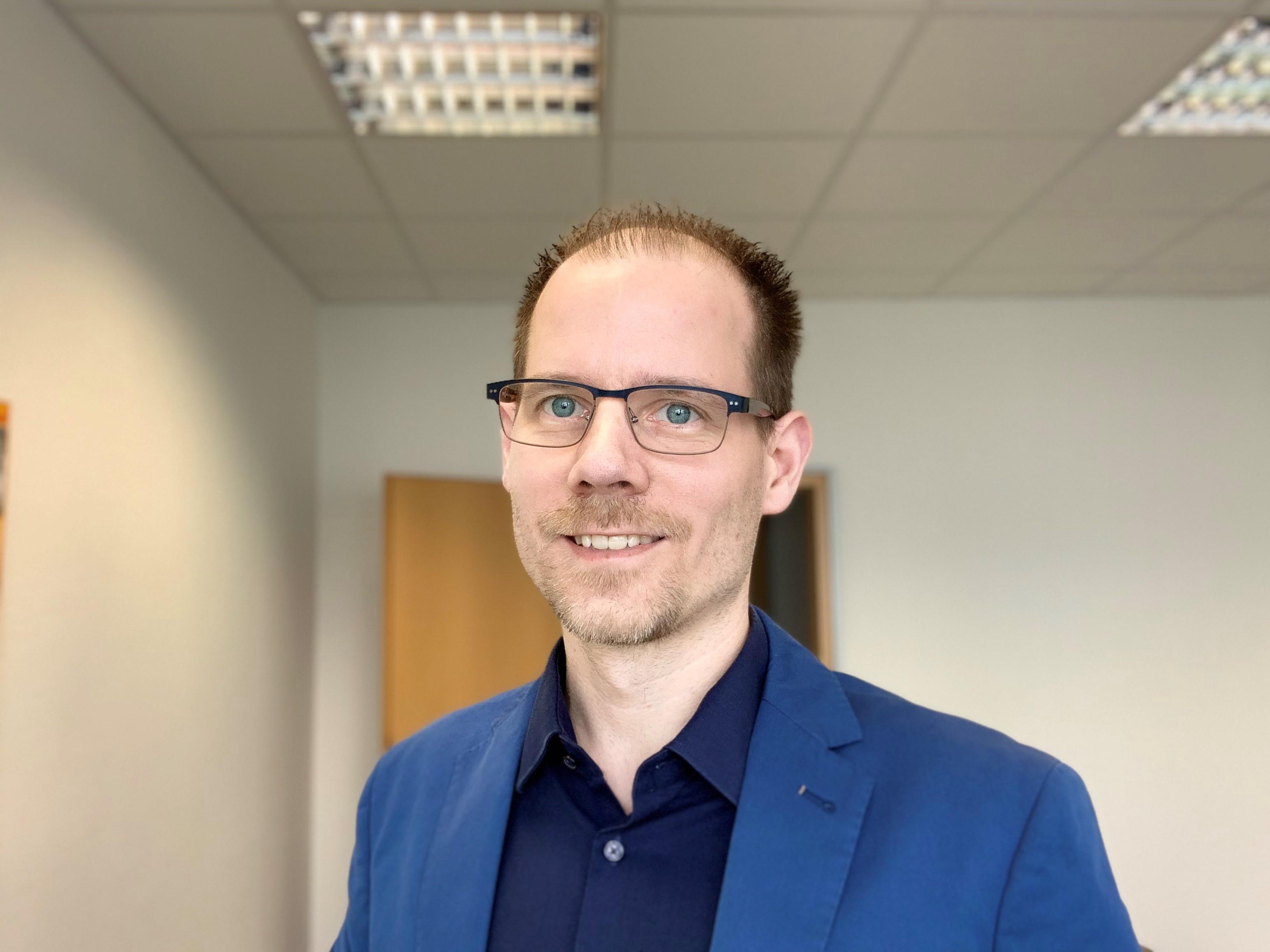
“There will be different levels of automation”
Frankfurt, 23rd April 2020 – Prototec GmbH in Attendorn, Sauerland, is a service provider specialised in the additive production of prototypes and small series. It offers parts production based on a wide range of AM processes. Managing Director Torsten Wolschedorf talks in an interview about current market developments, the need for further development in the AM sector and his vision of AM processes in 2030.

Can you briefly introduce PROTOTEC to us?
Torsten Wolschendorf: We are a 3D printing service provider founded in 1995 with currently eight employees. Our focus is on the construction of prototypes, special parts and small series with additive manufacturing processes. In addition, we offer plastic vacuum casting and investment casting of prototypes and small series in the metal sector. Thus we close the gap between additive manufacturing and injection moulding. In addition, we can offer our customers more material variety in the casting processes. This is particularly interesting for near-series plastic components with high demands on surface quality.
Which part of the additive process chain does your company cover?
Wolschendorf: We have a total of six systems: two each for stereolithography and selective laser sintering (SLS), an Fused Deposition Modeling (FDM) printer – and in autumn we invested in an SLM system for processing metal powders. We also offer post-processing: Polishing, grinding, plastering, painting, dipping or impregnating. Many customers prefer to carry out more complex mechanical post-processing of prototypes in-house. Otherwise we have reliable external partners for this. We are currently in the process of building up know-how in the areas of topology optimization, bionics and AM-compatible design. Here, too, we also cooperate with engineering offices and freelance designers who support our customers in 3D-CAD design and prototyping.
Are there noticeable changes in the demand for your AM processes?
Wolschendorf: In the metal sector, I am not yet able to assess this. For plastics processes it depends on what the customers need. In simple prototyping, stereolithography is facing increasing competition from cheaper processes. But where higher precision and larger components are required, we have an advantage. With our SLS systems, we are increasingly implementing series projects with sometimes four-digit quantities; as a rule, these are small parts. The FDM sector is also undergoing change due to the large number of inexpensive printers. Pure view models are hardly in demand any more. Instead, the demand for technical components with defined mechanical properties is increasing. In general, the economic weakness, strategic uncertainties in the automotive sector and overcapacities in the AM market are being felt. On the other hand, the field of users is becoming ever broader.
From which sectors do your customers come?
Wolschendorf: That goes across all industries. From mechanical engineering, electrical industry and medical technology to automotive. Sometimes it’s about prototypes for functional tests, sometimes it’s about checking designs or visual models. Many customers come from North Rhine-Westphalia, others from Bavaria, Baden-Württemberg, Austria and Switzerland.
Do you primarily manufacture prototypes or also serial components?
Wolschendorf: I would estimate 90 percent prototypes and ten percent small series, as I said, sometimes in four-digit numbers. These are applications where injection molding is not economic.
Where do you as a user see the most urgent need for development in AM process chains?
Wolschendorf: We would like to see more materials in the plastics sector that are closer to plastic injection moulding. For sintering, we are practically limited to PA12, whereas for many customers the surface quality of FDM is not sufficient. Such cutbacks reduce the willingness to manufacture using additives. An urgent request in the metal sector concerns process costs. AM systems can process different alloys, but the preparations and conversions in the system periphery are very complex. For each new material, it amounts to a high five-figure investment. The financial risk ensures that the material variety remains limited. This unnecessarily limits the biggest advantage – the flexibility of metal printing. Solutions suitable for industrial use for fast material changes would be a real step forward for production service providers. We would like to make a wider range of alloys available to our customers.
How do you imagine the typical AM process chain in 2030?
Wolschendorf: I think that by then we will have fully automated processes by the time we start to de-powder. So from online ordering, capacity planning for production, file repair and nesting to the construction job. But analogous to today’s CNC machining, users will have a wide range of automation levels. Whether and to what extent users will also automate post-processing depends on the range of parts and the scale of AM production. A lot is feasible, especially since automation solutions from other industries can be adapted. But the investments must pay off. And this will by no means be the case everywhere. It is also conceivable that there will be automation for stainless steel and aluminium, while right next door, less demanded alloys will be produced in manufacturing processes.
Concluding question: What were your goals when you joined the Additive Manufacturing working group within the VDMA?
Wolschendorf: We want to contribute our experience and participate in innovations. Conversely, participation helps to stay informed and to hear the thoughts of other players in the additive process chains. And of course the network is also interesting.
About 150 companies and research institutes collaborate under the roof of the VDMA in the Additive Manufacturing Association. System manufacturers, suppliers of components and materials, industrial users from the metals and plastics sectors, services providers for software, manufacturing, and finishing as well as researchers all have a common goal: the industrialization of additive manufacturing technologies.